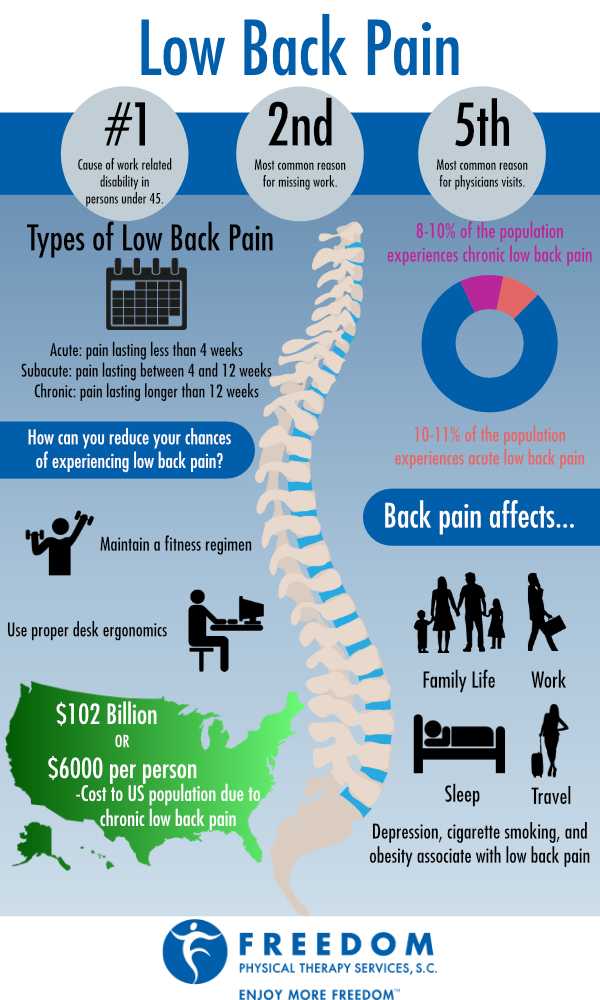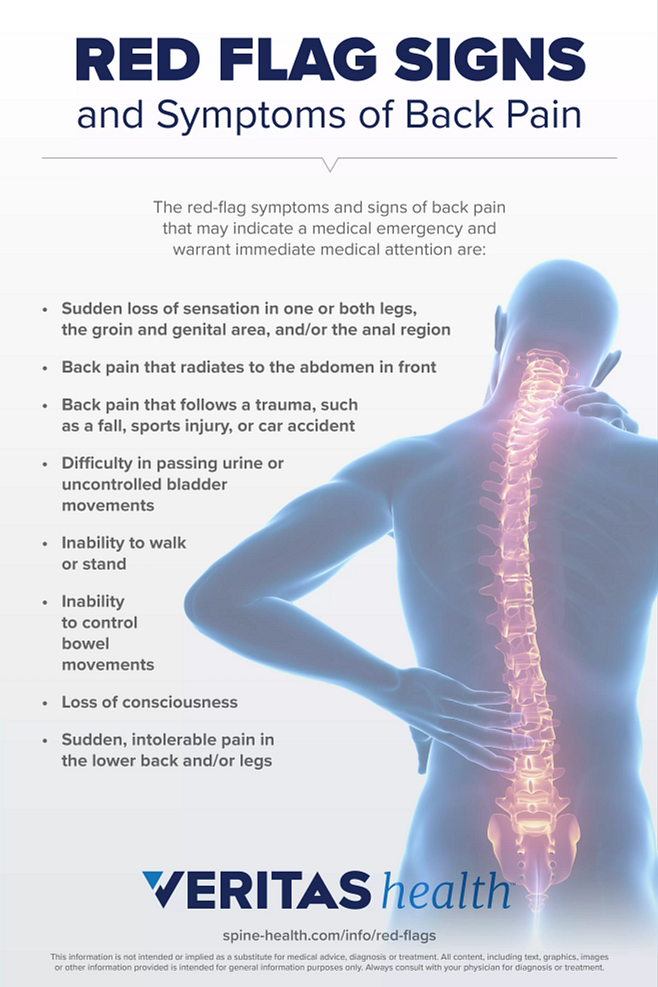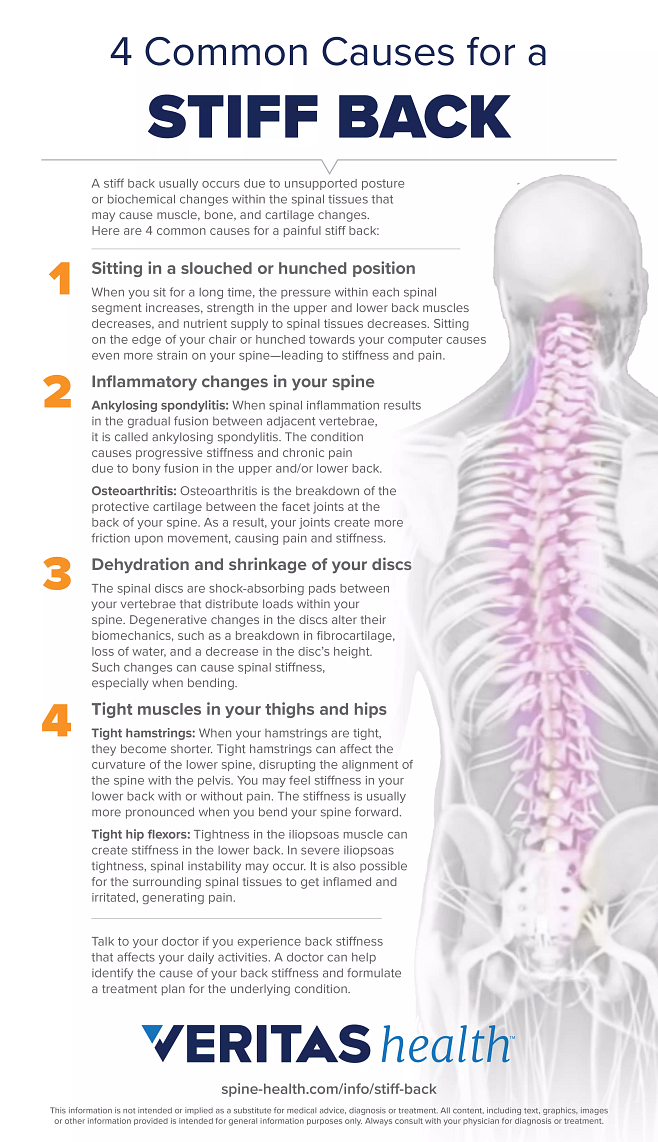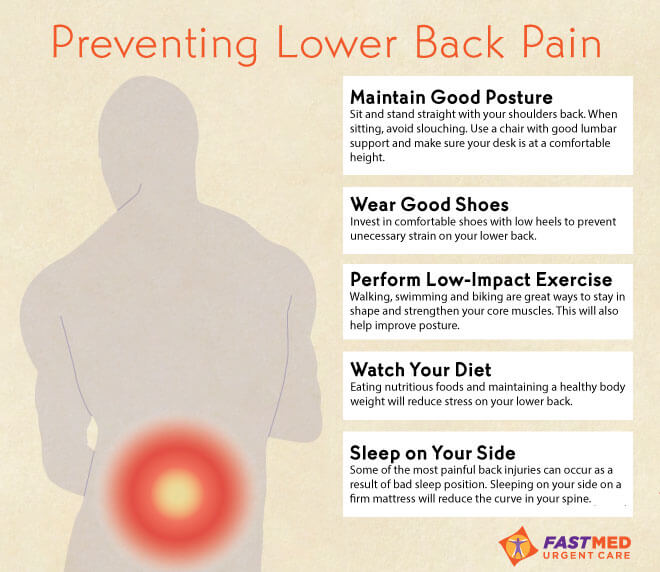Discover the surprising reasons behind your lower back pain and how to alleviate discomfort for good. Don’t miss out!
Table of Contents
- Introduction to Lower Back Pain
- The Spine’s Role in Back Health
- Muscles Supporting the Lower Back
- The Painful Puzzle of a Herniated Disc
- Posture and Lower Back Pain
- Ergonomics: Setting Up Your Space
- Daily Habits to Keep Your Back Strong
- Playing It Safe: Avoiding Back Injuries
- When to See a Doctor
- Misconceptions About Lower Back Pain
- Summary of Lower Back Pain Wisdom
- Frequently Asked Questions (FAQs)
Introduction to Lower Back Pain
Lower back pain is something that many people experience at some point in their lives. It can be uncomfortable and may even prevent people from doing the things they love. That’s why it’s essential to understand what causes lower back pain and how we can prevent it.
Understanding Lower Back Pain
Lower back pain refers to any discomfort or pain that is felt in the area of the back below the ribs and above the legs. It can be caused by a variety of factors, including poor posture, injuries, or strain on the muscles in the back. Lower back pain is important to talk about because it can affect how well we move and play, making it essential to learn how to take care of our backs to prevent this kind of discomfort.
The Spine’s Role in Back Health
One of the key players in the game of lower back pain is your spinal column. The spine is like a strong pillar that supports your entire body and keeps you upright. Understanding how the spine works can help us take better care of our backs and prevent pain.
Basic Spine Anatomy
Let’s break it down: your spine is made up of small bones called vertebrae that stack on top of each other like building blocks. Between each vertebra is a cushiony disc that acts as a shock absorber, allowing your spine to bend and move without causing damage. Think of these discs like squishy jelly donuts that help protect your spine.
Running through the center of your spine is your spinal cord, a bundle of nerves that carries messages from your brain to the rest of your body. This communication system is essential for controlling your movements and feeling sensations throughout your body.
Attached to the spine are muscles and ligaments that help support and stabilize it. These muscles play a crucial role in keeping your spine aligned and preventing injuries. When these muscles are strong and flexible, they can help protect your back from strain and pain.
So, the next time you stand up straight or bend down to pick something up, remember to thank your spine for all the hard work it does to keep you moving and pain-free.
Muscles Supporting the Lower Back
Have you ever heard of muscle strain before? Well, let’s break it down in a super simple way. When we use our muscles a lot or in a way that they are not used to, they can get overworked. This overworking of the muscles is called a muscle strain. What happens then is that these muscles can become sore, stiff, and even painful. Now, when these muscles surrounding your lower back get strained, it can lead to lower back pain. So, it’s essential to take care of our muscles and not overdo it!

Image courtesy of via Google Images
The Painful Puzzle of a Herniated Disc
In the mysterious world of lower back pain, one particular culprit that often causes discomfort is a herniated disc. But what exactly is a herniated disc, and how does it fit into the puzzle of back pain? Let’s unravel this painful mystery together.
What’s a Herniated Disc?
Imagine your spine as a row of building blocks, each one stacked neatly on top of the other. Now, picture a soft and squishy cushion between two of these blocks – that’s like a disc in your spine. Normally, these discs act as shock absorbers, helping your spine bend and move smoothly. But sometimes, due to injury or wear and tear, this cushion can bulge or break open, causing the jelly-like substance inside to press on nearby nerves. This is what we call a herniated disc.
Posture and Lower Back Pain
One important factor that can lead to lower back pain is posture. Posture is the way we sit, stand, or even lie down. Having good posture means that our body is in alignment, with our spine properly positioned to support our weight. But bad posture can put strain on our muscles and lead to back pain.

Image courtesy of via Google Images
Why Sitting Up Straight Matters
When we slouch or hunch over while sitting or standing, it can cause our spine to be in an awkward position. This puts excess pressure on the muscles and ligaments supporting the spine, leading to muscle strain and discomfort in the lower back. When we sit up straight, we allow our spine to be in its natural and healthy position, reducing the risk of back pain.
To maintain good posture, it’s important to sit with your back straight and shoulders relaxed. Try to keep your feet flat on the floor and knees at a right angle. When standing, make sure your weight is evenly distributed on both feet, and avoid locking your knees. Remember to take breaks to stand up and stretch if you’ve been sitting for a long time.
Incorporating these simple tips into your daily routine can help prevent lower back pain caused by poor posture. By paying attention to how you sit and stand, you can keep your back happy and healthy!
Ergonomics: Setting Up Your Space
When it comes to keeping your back healthy and pain-free, one important factor to consider is ergonomics. Ergonomics is all about setting up your work and play areas in a way that promotes good posture and reduces the risk of back strain. By making simple adjustments to your environment, you can help prevent lower back pain and discomfort.
Making Your Desk Back-Friendly
First things first, let’s talk about your desk setup. Whether you’re working on homework or playing computer games, it’s essential to have a back-friendly desk. Here are a few easy changes you can make:
–
Adjust your chair so that your feet are flat on the floor and your knees are at a 90-degree angle.
–
Position your computer monitor at eye level to avoid straining your neck and back.
–
Use a chair with good back support to maintain proper posture while sitting.
–
Take breaks to stand up and stretch every hour to give your back a rest.
By following these simple tips, you can create a workspace that supports your back and promotes good spinal health.
Daily Habits to Keep Your Back Strong
Keeping your back strong and healthy is important for your overall well-being. Here are some simple daily habits you can incorporate into your routine to prevent lower back pain:

Image courtesy of via Google Images
1. **Pay attention to your posture:** Whether you’re sitting at your desk, watching TV, or playing video games, make sure to sit up straight with your shoulders back. This helps to maintain the natural curve of your spine and reduces strain on your back muscles.
2. **Take breaks from sitting:** Sitting for long periods can put a lot of pressure on your lower back. Remember to take short breaks to stand up, stretch, and walk around every hour or so to keep your back muscles from getting stiff.
3. **Stay active:** Regular physical activity like riding a bike, playing sports, or dancing not only keeps you fit, but also strengthens the muscles that support your back. It’s a fun way to stay healthy and prevent back pain!
4. **Lift things properly:** When picking up heavy objects, bend your knees and use your legs to lift, rather than bending from your waist. This technique prevents unnecessary strain on your lower back.
5. **Sleep on a supportive mattress:** Your mattress should provide enough support to keep your spine in alignment while you sleep. If your mattress is too soft or too firm, it can lead to back pain over time. Make sure you have a comfortable and supportive sleeping surface.
By incorporating these small changes into your daily routine, you can help keep your back strong and pain-free. Remember, taking care of your back now will benefit you for years to come!
Playing It Safe: Avoiding Back Injuries
In order to keep our backs healthy and strong, it’s important to play safely and avoid activities that could lead to lower back pain. By being mindful of how we move and the way we play, we can prevent injuries and maintain a happy back.
Safe Playing Tips
When engaging in physical activities or sports, it’s essential to warm up your muscles before starting. This can help prevent muscle strain and reduce the risk of injuring your lower back. Simple stretches and movements can prepare your body for action and keep your back in good shape.
| Common Causes of Lower Back Pain |
|---|
| 1. Muscle Strain |
| 2. Poor Posture |
| 3. Herniated Disc |
| 4. Arthritis |
| 5. Sciatica |
| 6. Spinal Stenosis |
| 7. Osteoporosis |
| 8. Trauma or Injury |
It’s also important to use proper form and technique when playing sports or engaging in any physical activity. This means avoiding sudden movements or twisting your body in unnatural ways that could strain your back muscles. By practicing good form, you can protect your lower back from unnecessary stress and potential injury.
Choosing the right equipment for the activity you’re engaging in is crucial for preventing back injuries. Whether it’s using the correct size backpack, wearing supportive shoes, or using protective gear during sports, having the right equipment can significantly reduce the strain on your back and keep you safe while playing.
Lastly, listening to your body is essential when it comes to playing it safe and avoiding back injuries. If you start to feel any discomfort or pain in your lower back while playing or participating in an activity, it’s important to take a break and rest. Pushing through the pain can lead to more severe injuries, so always pay attention to what your body is telling you.
When to See a Doctor
Not Just a Little Pain

Image courtesy of via Google Images
If you have a little tickle or a tiny bump, you might not need to worry too much. But when it comes to back pain, it’s important to pay attention. There are times when back pain can be a sign that something serious is going on inside your body. So, if you ever feel a backache that doesn’t go away or gets worse, it’s time to tell an adult and see a doctor.
Misconceptions About Lower Back Pain
When it comes to lower back pain, there are many misconceptions floating around that can confuse people. Let’s clear up some common mistakes and myths that people might have about lower back pain.
Common Back Pain Myths
One big myth about lower back pain is that only older people can experience it. The truth is, even kids like you can sometimes feel lower back pain, especially if you don’t take care of your body and posture.
Another myth is that exercise can make lower back pain worse. While it’s true that certain exercises can strain your back if done incorrectly, staying active and doing the right exercises can actually help strengthen your back muscles and reduce the risk of pain.
Some people believe that resting in bed is the best solution for lower back pain. However, prolonged bed rest can actually weaken your muscles and make the pain worse. It’s important to stay active and find a balance between rest and movement.
Lastly, there’s a myth that lower back pain will go away on its own without treatment. While some cases of mild back pain may improve with time, persistent or severe pain should not be ignored. It’s essential to seek medical advice if you have ongoing back pain to prevent further complications.
Summary of Lower Back Pain Wisdom
In our journey through understanding lower back pain, we have gained valuable insights into how the spinal structure, muscle strain, herniated discs, posture, and ergonomics play crucial roles in keeping our backs healthy. Let’s recap the key takeaways to ensure our backs stay strong and pain-free.

Image courtesy of via Google Images
Spinal Support and Back Health
Our spine is like the pillar holding up a building, providing support and protection for our body. By learning about the basic anatomy of the spine, we are better equipped to appreciate its importance in maintaining lower back health.
Protecting Our Muscles
Muscle strain can put a strain on our lower back, causing pain. Understanding what muscle strain is and how to prevent it through regular exercise and proper lifting techniques can safeguard our backs from unnecessary discomfort.
The Mystery of Herniated Discs Unveiled
A herniated disc can be a puzzle, but with the right knowledge, we can demystify it. Just like a jelly donut squishing out, a herniated disc can press on nerves and lead to lower back pain. Being mindful of our movements and posture can help prevent this condition.
Posture Power for a Healthy Back
Good posture isn’t just about looking poised; it’s about keeping our spine aligned and our muscles balanced. By sitting up straight and adjusting our standing positions, we can significantly reduce the risk of lower back pain.
Ergonomics: Designing a Back-Friendly Environment
Creating a back-friendly space involves setting up our desks and chairs in a way that promotes good posture. Small adjustments can make a big difference in preventing lower back pain and ensuring our comfort while studying or playing.
By incorporating these nuggets of wisdom into our daily habits and environments, we can strengthen our backs, minimize the risk of injuries, and enjoy a pain-free life. Remember, a healthy back is a happy back!
Frequently Asked Questions (FAQs)
Why does my back hurt when I carry my backpack?
Carrying a heavy backpack can strain the muscles in your back. When you carry a heavy load on your back, it can cause your spine to curve unnaturally, leading to discomfort and pain. To prevent this, try not to carry more than you need in your backpack and make sure to wear it with both straps to distribute the weight evenly.
Can I still play sports if I have lower back pain?
If you have lower back pain, it’s essential to be cautious when playing sports. Some sports activities can put a strain on your back and worsen the pain. Before playing, it’s a good idea to talk to a parent or coach about your back pain. They can help you find ways to modify your movements to prevent further injury while still enjoying sports. Remember, it’s essential to take care of your back so that you can continue playing sports and having fun without causing more pain.





